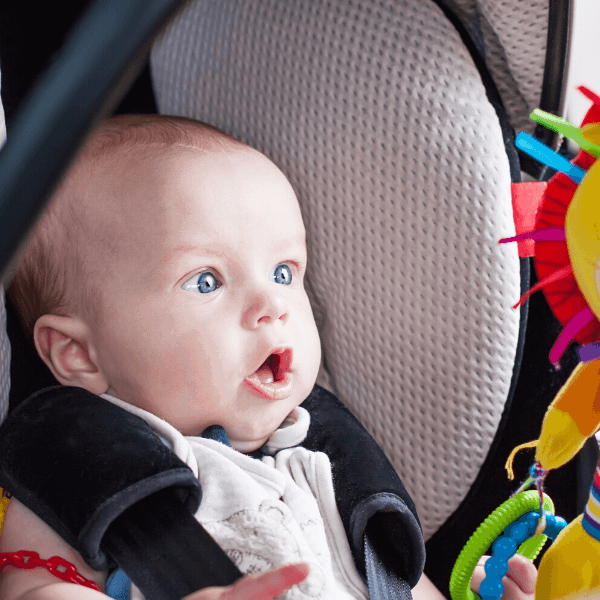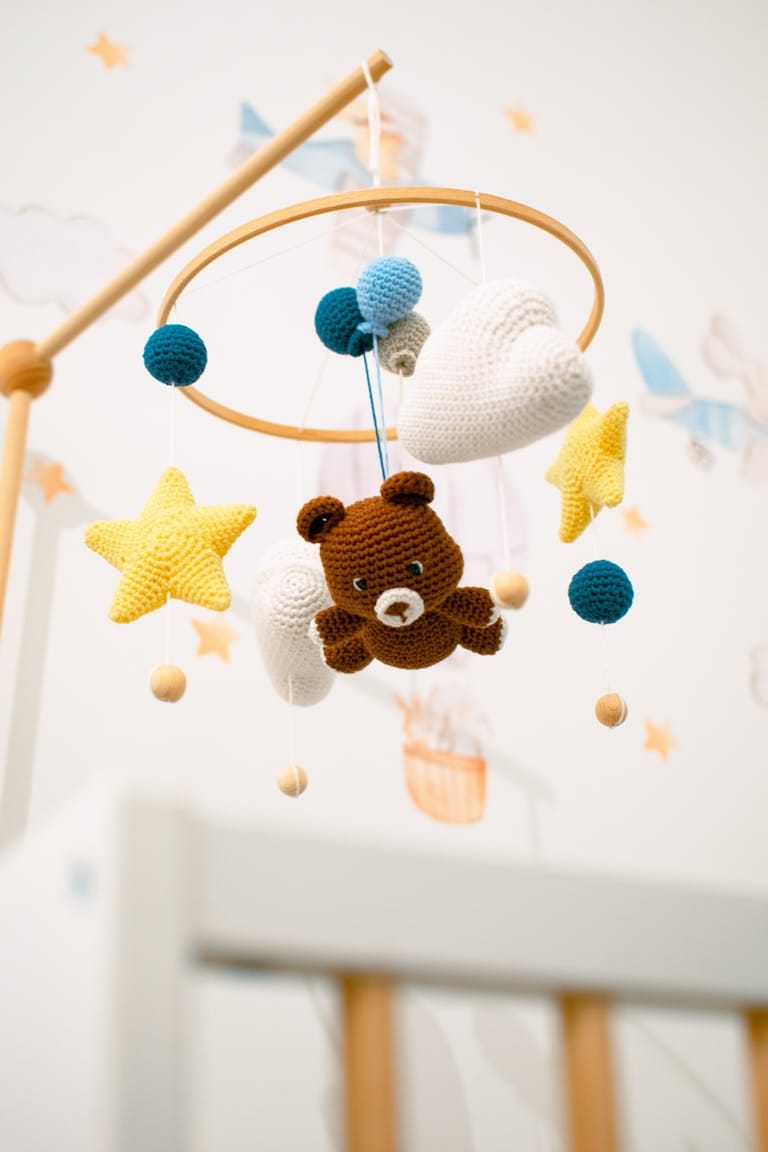Noise Management for Babies During Parades and Fireworks
Parades and fireworks are exciting for many people, but for babies with sensitive hearing, they can be overwhelming. It’s not uncommon for infants to get scared or upset when things get loud, and that can quickly turn a fun outing into a rough day. Audiologists generally say infants should be around noise levels below 85 decibels, with 60 decibels—about the level of a normal conversation—being the safest.
A little planning goes a long way when it comes to helping your baby handle loud celebrations. Simple things like baby earmuffs or infant earplugs can make a huge difference, letting your family enjoy traditions without putting your little one’s ears at risk.
Understanding Noise Sensitivity in Babies
Babies’ hearing is still developing, and they’re much more sensitive to loud sounds than adults. Some babies are more affected by noise than others, but most will get upset if they’re around loud environments like parades or fireworks.
How Loud Sounds Affect a Child’s Hearing
Babies’ ears are especially vulnerable. Anything above 85 decibels can damage their hearing, while sticking to around 60 decibels is safest.
Loud noises can actually damage the tiny hair cells in the inner ear—once those are gone, they don’t grow back. That can mean permanent hearing loss.
Too much noise exposure can cause:
- Hearing loss (sometimes temporary, sometimes not)
- Tinnitus (that annoying ringing sound)
- Delayed speech development
- More stress and fussiness
Audiologists suggest limiting loud noise exposure and using hearing protection for babies if you can’t avoid noisy places.
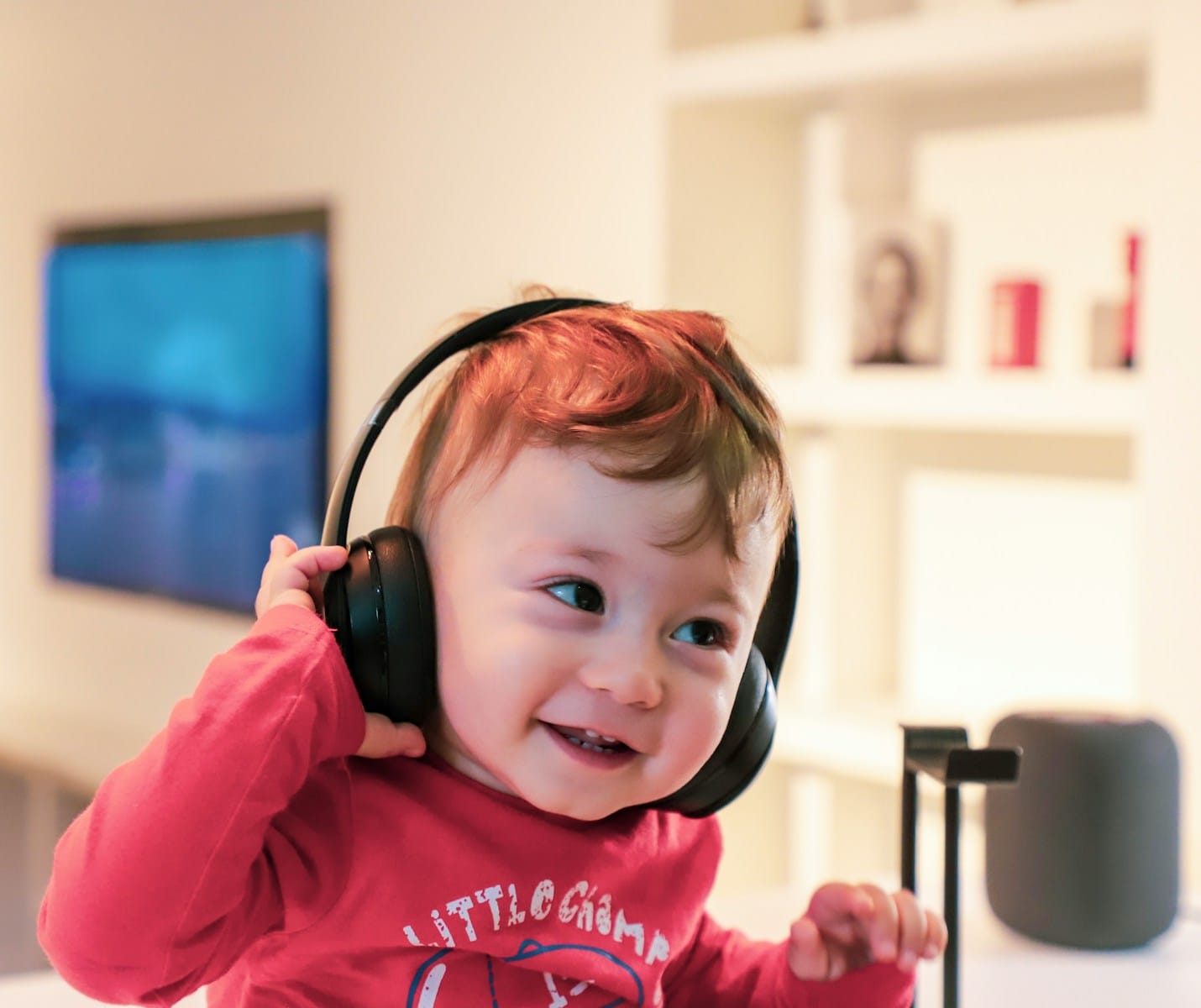
Common Loud Events: Fireworks, Parades, and Festivals
Fireworks are some of the loudest things around, hitting 150-175 decibels. Even if you’re far away, they’re still loud enough to be risky for babies.
Parades can be noisy too:
- Marching bands (over 100 decibels)
- Sirens (120+ decibels)
- Crowds (85-100 decibels)
- Loudspeakers and music
Festivals often pile on the noise with music, announcements, crowds, and sometimes fireworks. These events can last for hours, which adds up.
One thing that makes these sounds so tough for babies is how unpredictable they are. Not knowing when the next loud bang will happen can make things even more stressful.
Recognizing Noise Discomfort in Infants
Babies can’t say what’s bothering them, but they show it in other ways:
Physical signs:
- Startling or flinching at loud sounds
- Crying or screaming
- Covering ears (older babies)
- Trying to move away
Behavioral changes:
- Being extra fussy or cranky
- Trouble sleeping
- Not wanting to eat
- Clinging more than usual
Sometimes the signs are more subtle—wide eyes, fast breathing, stiff posture, or just zoning out. If your baby suddenly goes really quiet or still, they might be overwhelmed.
If you notice these things, responding quickly helps your baby feel safe and teaches them you’re there for them.
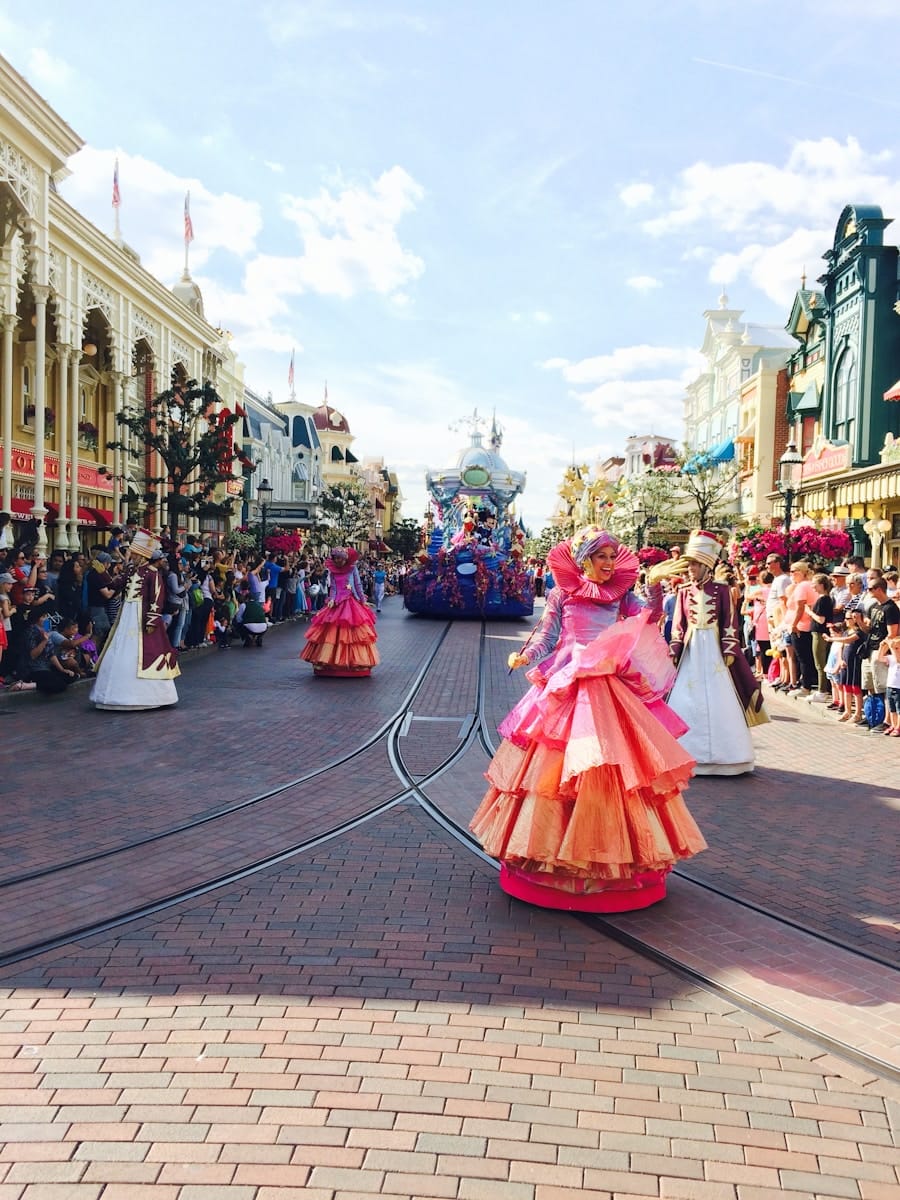
Effective Noise Management Strategies for Parades and Fireworks
Keeping your baby comfortable at loud events is all about planning and having the right gear. Here are some strategies that actually work.
Choosing and Using Baby Earmuffs
Baby earmuffs are a must-have for protecting your baby’s ears at fireworks or parades. Look for ones made for infants, with a Noise Reduction Rating (NRR) of at least 22 decibels.
Some things to check for:
- Soft padding that won’t irritate
- Adjustable headband that fits as your baby grows
- Lightweight (under 200 grams)
- A snug fit—no gaps
Let your baby try the earmuffs at home first, during quiet times. That way, they get used to them in a calm setting.
If the earmuffs get cracked or worn out, replace them. Even small damage can make them less effective.
Optimal Positioning: Where to Sit or Stand
Where you hang out during parades and fireworks matters a lot.
For parades:
- Pick a spot at least 50 feet from bands or speakers
- Stay near the start of the parade route (usually less crowded)
- Use buildings or trees as sound buffers if you can
For fireworks:
- Stay at least 300 feet from where they’re launched
- Sit upwind of the display—it’s often quieter
- Watching from inside a car with the windows partly up can help
Backup plan: Always have a quieter spot in mind if your baby gets upset. Parks or side streets away from the action work well.
Scheduling Attendance and Breaks
Timing is everything.
Tips:
- Go when your baby is happiest and most rested
- Try to arrive just before things start to avoid long waits
- Don’t feel like you have to stay for the whole event—sometimes the beginning is enough
Take breaks every 15-20 minutes in a quieter area to give your baby’s ears and nerves a rest. If you notice your baby rubbing their ears, getting fussy, or turning away, it’s probably time for a break.
If you’re doing a multi-day festival, alternate with quieter days at home. Even with earmuffs, the whole experience can be exhausting for little ones.
Product Solutions for Protecting Babies’ Ears
There are a bunch of products out there to help shield your baby’s hearing at loud events. Some are more comfortable than others, and the amount of noise they block varies.
Evaluating Baby Earmuff Features
When you’re shopping for hearing protection, focus on noise reduction ratings. Good earmuffs usually block around 25 dB of noise—enough to protect sensitive ears at most events. LYSIAN and Mumba Baby earmuffs are popular for things like restaurants, family gatherings, and fireworks.
Make sure they fit well. The best ones fully cover your baby’s ears without squeezing their head. Zero-pressure designs are great for comfort, especially if your baby will wear them for a while.
Weight is important, too. Lighter models won’t strain your baby’s neck. Most are “one size fits most,” but double-check age guidelines. Some work for babies as young as 3 months, others are better for older infants.
Sourcing Hearing Protection: How to Find Products
You’ll find baby earmuffs at big retailers like Amazon, where you can compare brands and read reviews. LYSIAN earmuffs, for example, get good feedback for keeping babies calm at noisy events.
Baby specialty stores often carry premium brands like Alpine Muffy Baby. Staff can sometimes help you pick the right pair for your baby’s age and needs.
Medical supply stores sometimes have infant hearing protection, too. These often have more detailed specs on noise reduction.
Prices range from about $15 to $50. More expensive models usually have better padding and materials, and sometimes higher noise reduction.
Connecting with Suppliers Online
Online marketplaces let you check out different sellers and ask questions directly. You can use apps to compare prices, read reviews, and message sellers.
When you reach out, ask about:
- Noise reduction ratings
- Materials (especially if your baby has sensitive skin)
- Age recommendations
- How to clean the earmuffs
- Warranty details
Ask for certification info to make sure the product meets safety standards.
Some suppliers offer samples before you buy a bunch. This is handy if you’re not sure which style will fit your baby best.
Compare shipping times, too. Some international sellers take a while, so plan ahead if you need earmuffs for an upcoming event.
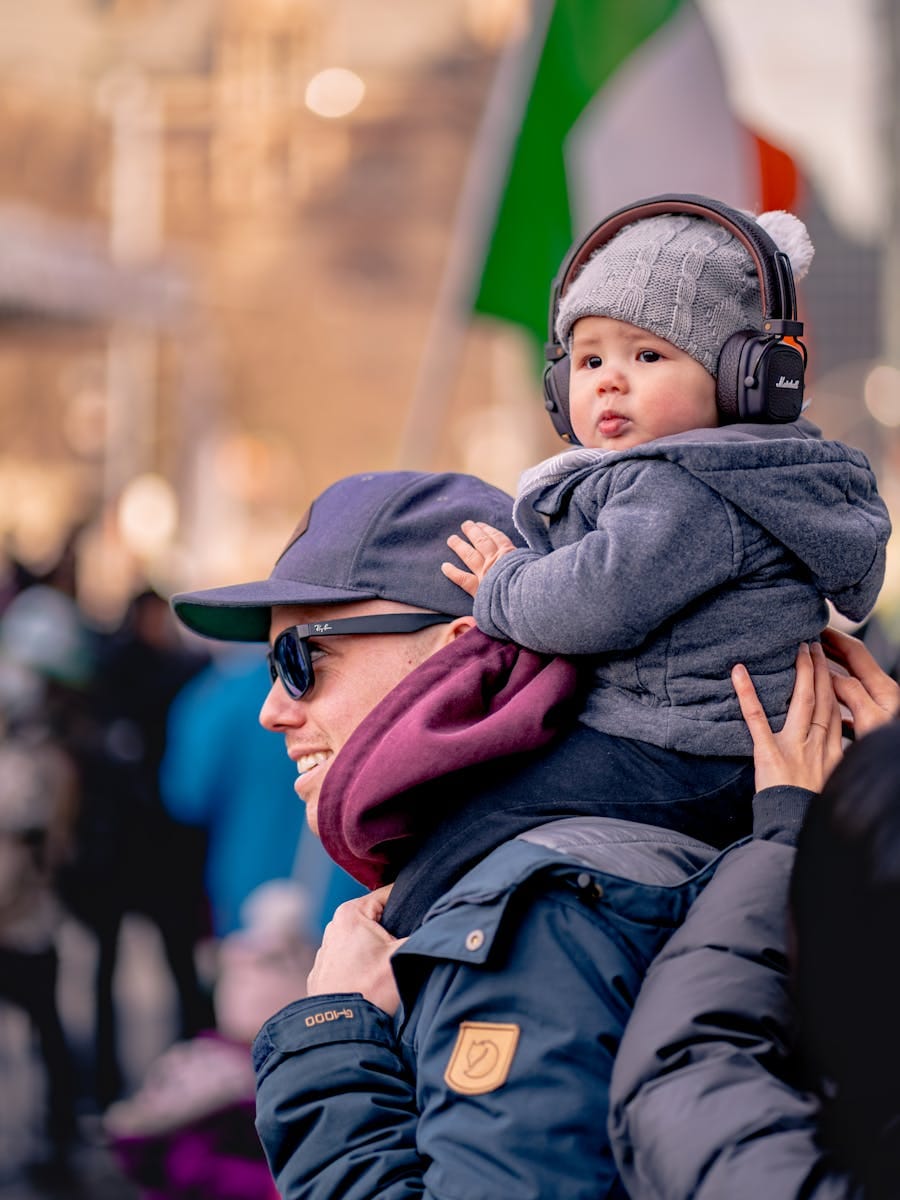
Additional Tips for Managing Noise at Events
It’s not just fireworks and parades—plenty of other events can get loud for sensitive babies. Here are some ideas for handling those situations.
Preparing for Uncommon Noisy Settings: Beaches and Races
Beaches can be noisy from waves, boats, and crowds. A beach tent is useful—it gives your baby a quieter, shaded spot.
At races (cars, motorcycles, boats), noise can be intense. Try:
- Staying farther from the track
- Using hearing protection made for motorsports
- Visiting during practice instead of the main event
- Taking breaks in family zones or quieter areas
Timing tip: Mornings are usually quieter at the beach. For races, some venues have “quiet periods” for families—worth checking the schedule.
Navigating Loud Performances: Marching Bands and Festivals
Marching bands can be startling for babies. Stand at least 20-30 feet from the main performance, and toward the middle or end of the parade where the music might be softer.
At music festivals or outdoor concerts:
- Set up near the back of the venue
- Stay close to exits in case you need to leave quickly
- Bring a comfort item from home
- Use a stroller with a canopy as a sound shield
Most babies can handle about 30-45 minutes of music (with protection) before needing a break. Short sessions with downtime in between work best.
Frequently Asked Questions
Parents have a lot of questions about keeping babies safe during noisy events. Here are some quick answers about managing noise for infants at parades and fireworks.
How can parents effectively protect infants’ ears from loud noises at public events?
Noise-cancelling headphones or earmuffs made for babies are your best bet. Look for ones that reduce noise by at least 20-25 decibels.
Don’t use ear plugs—they’re a choking risk for infants. Stick with headphones that fully cover the ear.
Putting more distance between your baby and the noise source helps, too. Every time you double the distance, the noise drops by about 6 decibels.
At what developmental stage is it safe to expose infants to loud events like fireworks?
Honestly, there’s no magic age where it’s totally safe. Babies’ ears are always more sensitive than adults’.
Most experts say to wait until your baby is at least a year old before taking them to fireworks—and always use ear protection.
Fireworks can be louder than a jet, way above the safe threshold for kids.
What strategies can be used to minimize the impact of loud parade noises on babies?
Pick spots away from speakers, bands, or loud attractions. Corners or areas farther from the main route are usually quieter.
Go when your baby is well-rested and fed—they’ll handle stimulation better.
If you can, watch from inside a building or car. Walls and windows help block some of the noise.
How can I prepare my baby for exposure to loud noises?
Try gentle exposure to mild noises at home, so your baby gets used to different sounds.
White noise or soft background sounds during naps can help your baby sleep through some noise—might make fireworks less of a shock later.
Practice with headphones or earmuffs at home before the big event, so your baby isn’t surprised by them.
What are the potential risks of exposing newborns to loud noises, and how can they be mitigated?
Hearing damage is the biggest risk. Babies’ ear canals are tiny, so sounds get amplified. Always use hearing protection.
Loud noises can mess with sleep—try to get your baby into deep sleep before fireworks start.
Some babies get stressed, cry more, or eat less. Keep things calm, bring familiar comforts, and take breaks when you need to.
Is there a recommended distance to keep babies from fireworks to ensure their safety?
It’s best to stay at least 500 feet (about 150 meters) away from fireworks to help protect your baby from loud noise and chemical residue. That might sound far, but honestly, with fireworks, you really can’t be too careful.
If you’re at a big, professional show, try to find a spot that’s upwind from where they’re launching the fireworks. That way, you and your baby won’t end up breathing in as much smoke. The more distance you can manage, the better it is for your baby’s sensitive ears.
Still, just keeping your distance isn’t quite enough. Even if you’re far away, babies really should wear proper ear protection at fireworks displays.



